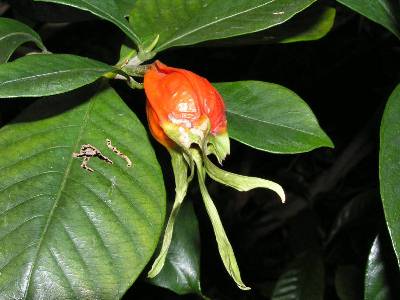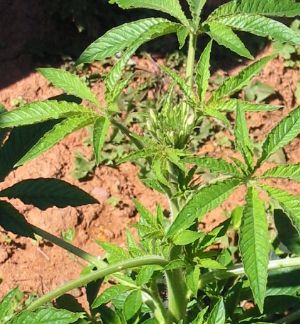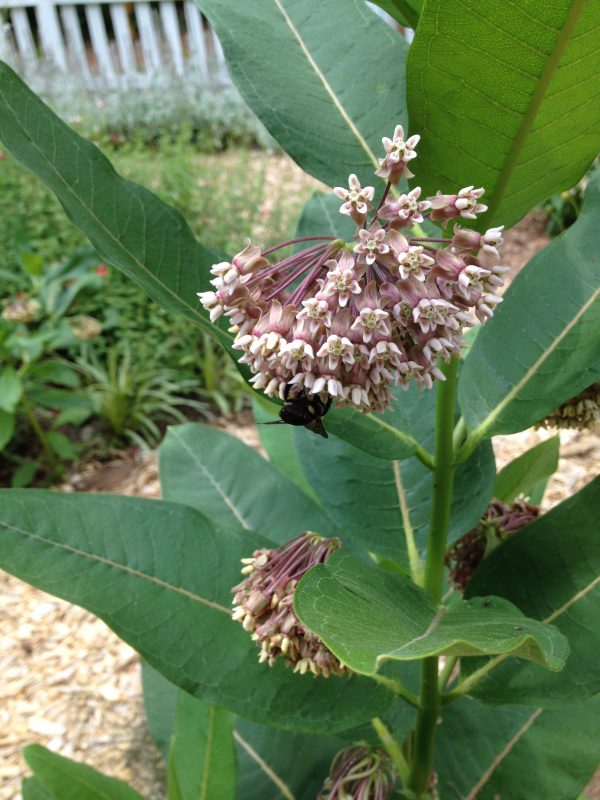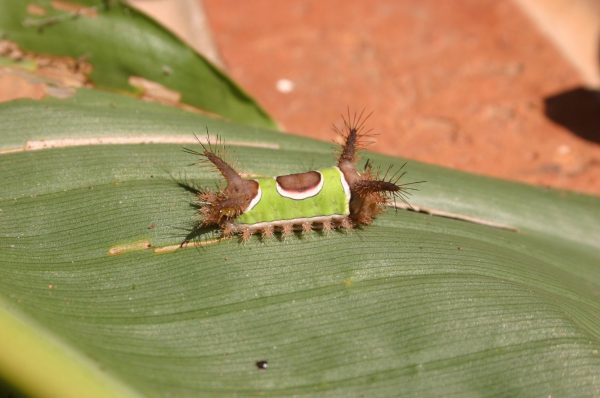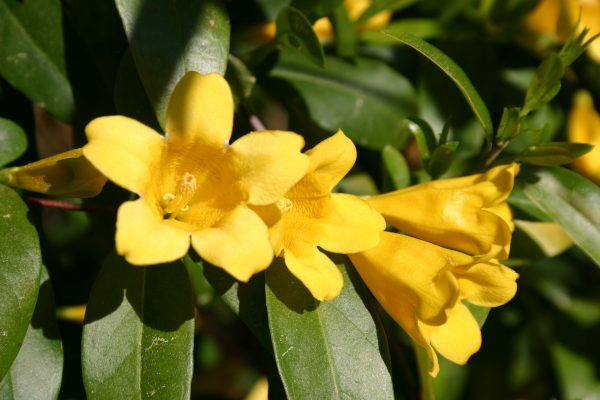Savory
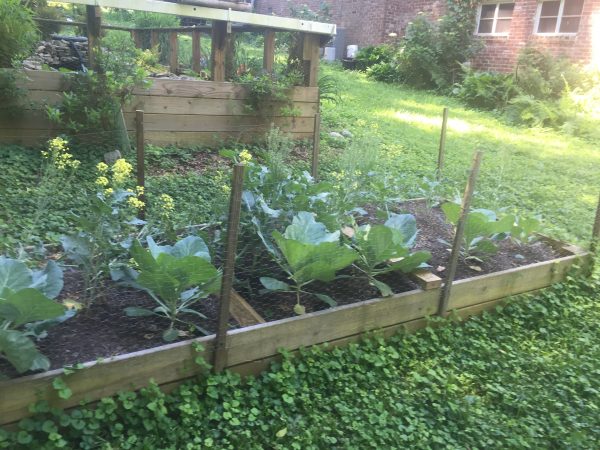
Satureja hortensis, Satureja Montana
taken from The Georgia Fruit and Vegetable Book by Walter Reeves and Felder Rushing
Both summer savory and winter savory are available to gardeners. Summer savory (S. hortensis), an annual of the mint family, is the more commonly grown of the two. The plant reaches 15 inches tall and 1 foot wide. Winter savory (S. Montana) is an evergreen perennial that makes a mound of foliage about 1 foot high and 2 feet wide. Savories have been used to flavor wild game and meats for centuries. In a notable story found in the biblical book of Genesis, Jacob prepared savory game when he outwitted his brother, Esau, to gain their father Isaac’s blessing. Savories have a pungent, peppery flavor and winter savory is the more intense of the two.
WHEN TO PLANT
Sow summer savory seeds in starter trays or peat pots indoors under lights in March; do not cover the seed. Set started plants in the garden after the last hard freeze. Sow summer savory seeds directly in the garden after the frostfree date (average date of last frost). Start winter savory from cuttings in the spring or from divisions; winter savory doesn’t need to be brought in for the winter. Set out winter savory 2 weeks before the frostfree date. Plants of either type may be available in garden centers in early spring.
WHERE TO PLANT
Savories prefer welldrained soil in a fullsun location (8 to 10 hours will suffice) and they produce more intense flavors in soils of low fertility. Grow perennial winter savory in a part of the garden where it will not be disturbed and will not interfere with other garden activities.
HOW TO PLANT
Prepare the soil. Space summer savory plants about 8 inches apart. Set winter savory plants 12 to 15 inches apart. A half dozen plants are more than enough for most gardeners. Or sow seeds of summer savory a few inches apart directly in the garden. The seed is very tiny and needs light to germinate, so do not cover it with soil. Thin the seedlings to 6 inches apart.
CARE AND MAINTENANCE
Savories require little care after they are established. Keep weeds under control until the plants are large enough to shade them out. Apply 1 inch of water per week if nature does not cooperate.
ADDITIONAL INFORMATION
Harvest or pinch off shoot tips of summer savory to stimulate bushy growth. Cut back winter savory to a low mound after flowering and in the spring before growth begins. Harvest leaves as needed, or harvest 6 to 8inch stems and hang them to dry in small bunches or dry them on a screen. Strip the leaves and store them in airtight jars. Most people use only dried leaves but there is no reason not to use fresh leaves. Winter savory provides a much longer harvest season than summer savory. It will stand a freeze and may be harvested well into winter. Severe trimming will keep the plants bushy and dense within the boundaries you have established for them. Some people consider winter savory to be too heavy and prefer the less intense flavor of summer savory. Winter savory is hardy to zone 5a but it may overwinter even farther north if it is protected by adequate snow cover or 4 to 6 inches of straw. Green savory leaves crushed and rubbed on bee stings are said to take out the pain almost immediately.





